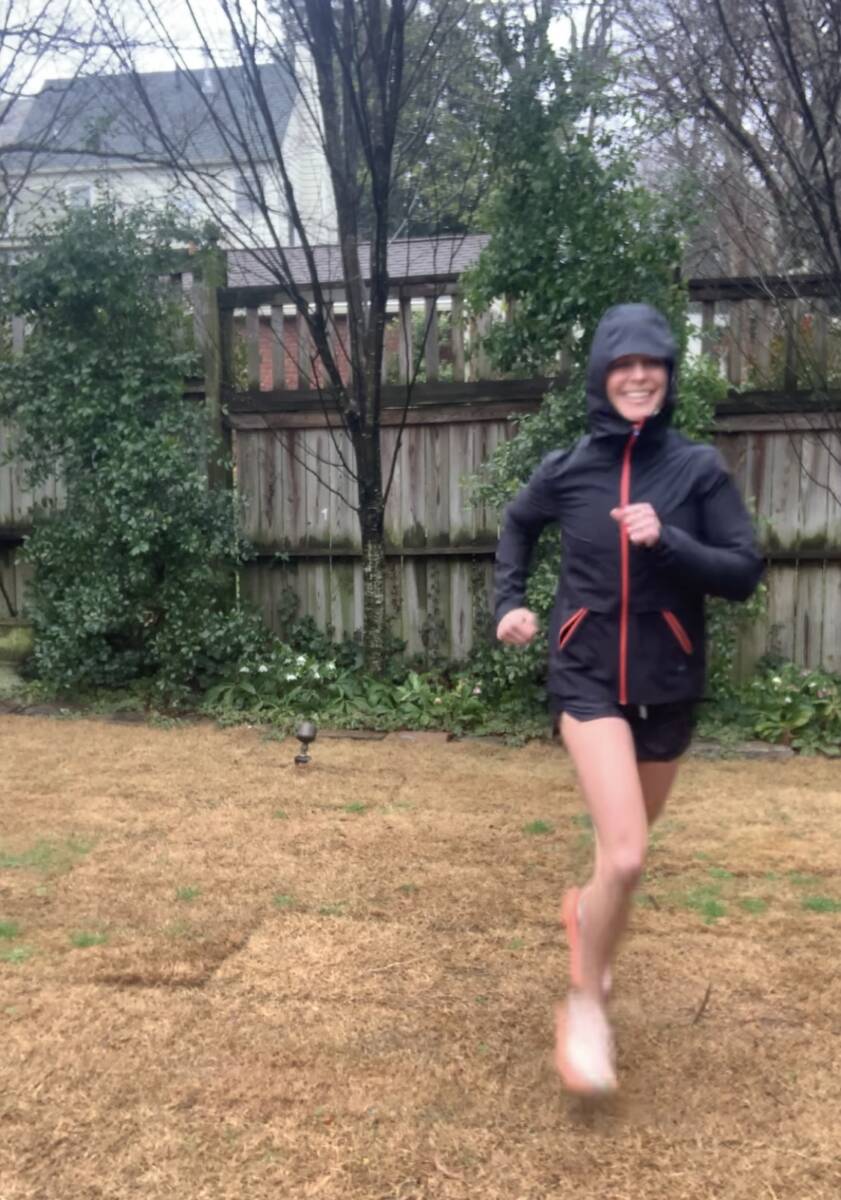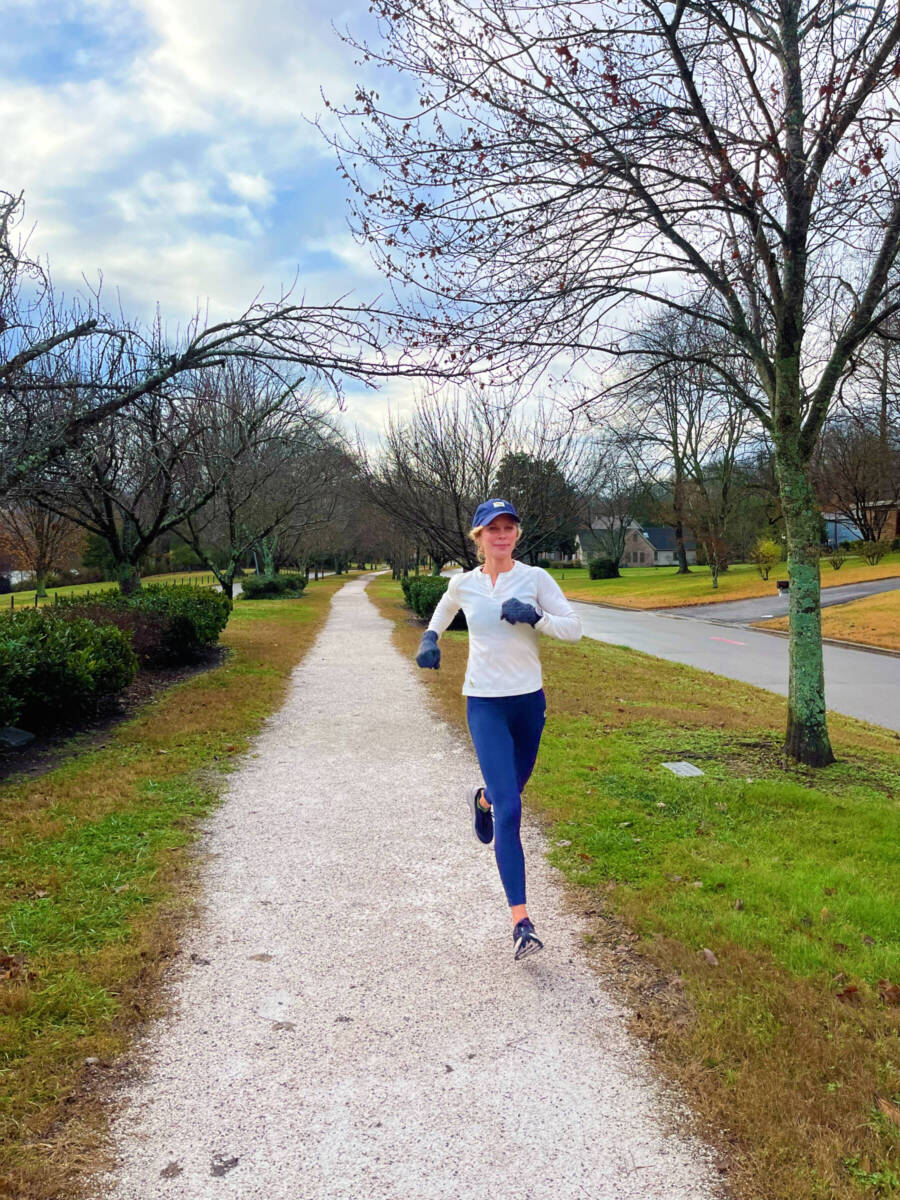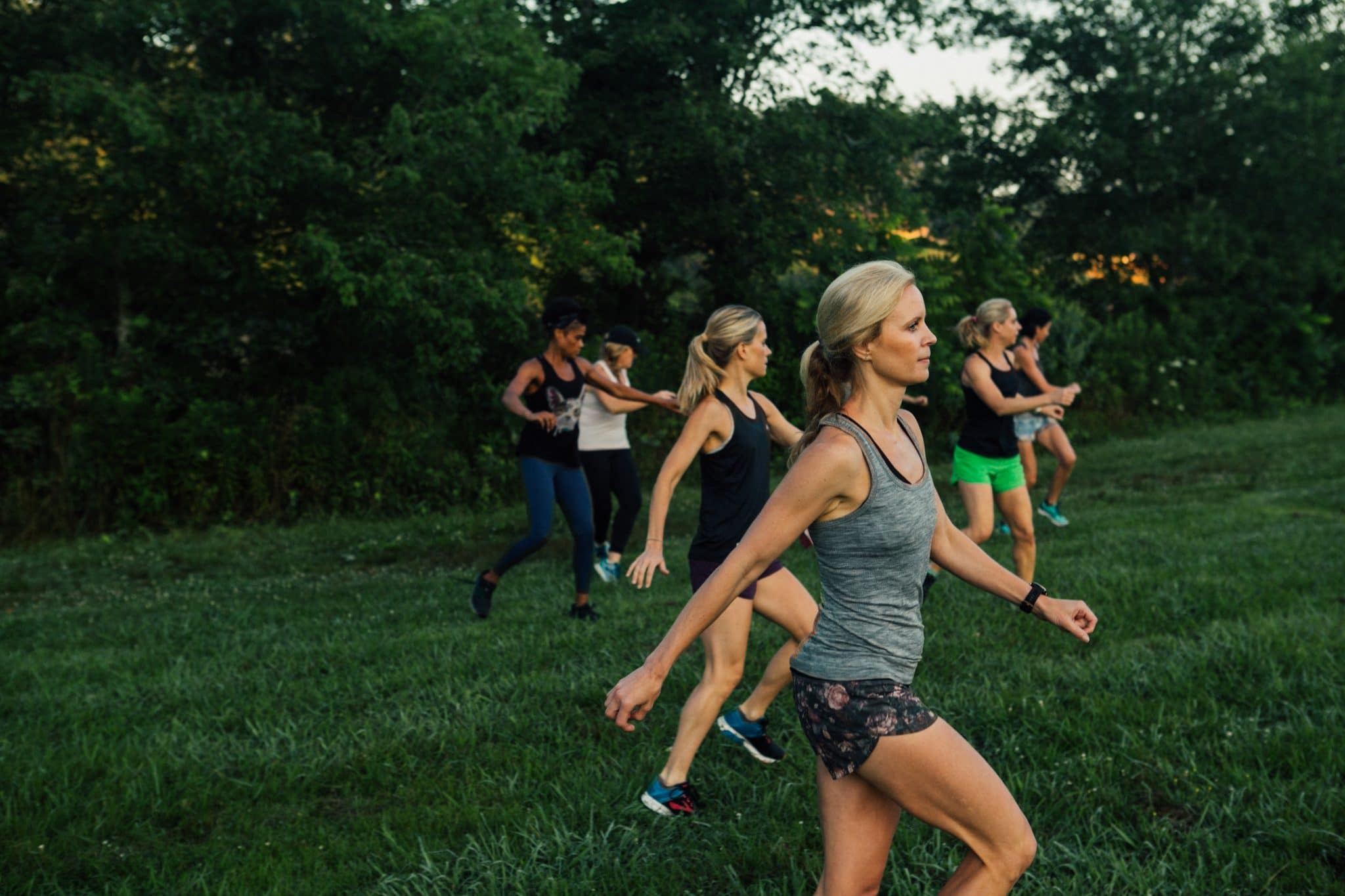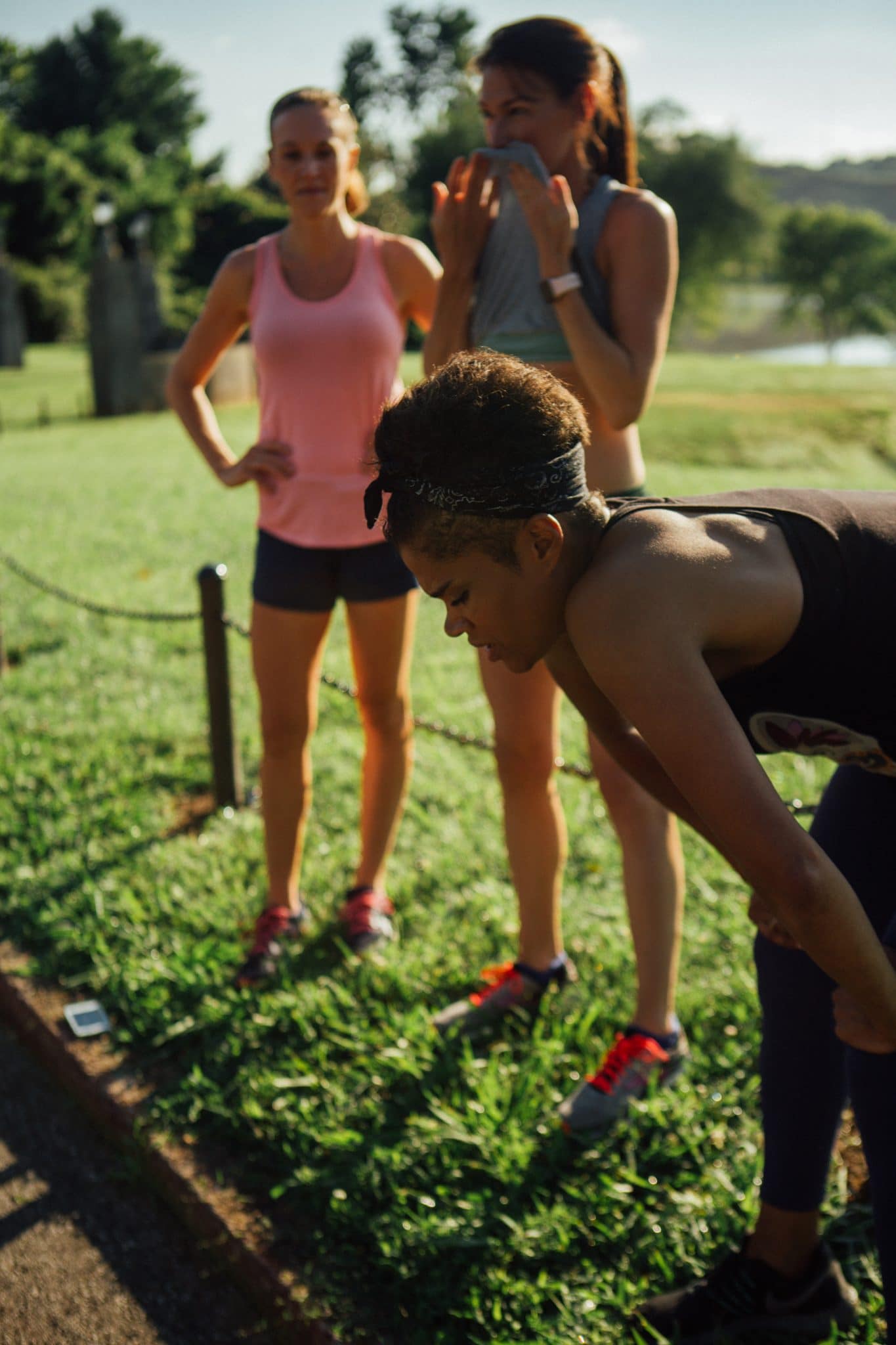How to Start Running: A Complete Guide for Beginner Runners
Learning how to start running can feel daunting. I make it simple with running tips for beginners that make running really as easy as putting on your shoes, and walking out the door. Most beginner runners should start with run-walk intervals and run every other day. Learn how to start running with my simple running tips.

While I am a certified running coach who has helped dozens of people start running, I have also had to start running many times in my life. I’ve been a lifelong runner but due to events like having babies, getting illness, and suffering from three major running injuries in recent years that required months off, I’ve had to take long breaks from running.
Each layoff has meant that I had to start running all over again, so I consider myself a bit of an expert on the topic of how to start running (IMHO). Whether you’re a beginner runner or have taken time away due to having babies, an injury, illness, or life craziness, this guide will help you! To bolster my personal experience, I talked with experts all over the globe and curated the best tips to set you up for success in your running journey mentally and physically.
Table of contents
How do I start running?
Once you’ve got your shoes on your feet and a goal in your heart, it’s time to hit the pavement (aka start running). Remember, the hardest part to starting to run, is getting started.
Beginner runners should stick to two main goals:
- Start with a run/walk method.
- Run every other day.
The run/walk method
Most beginner runner should start with a walk/run program. This can be very informal with running at a comfortable, conversational pace and then walking when you feel tired. Then start running again when you feel recovered.
Or, new runners can try a more specific run/walk plan with specified run/walk ratios. A good starting point is running for 1 minute, walking for 1 minute. If that seems too hard, you can try 30 second run/30-60 second walk intervals. If that is too easy, bump up to 2 minutes of running, 1 minute of walking. Feel free to play around with it. There is no wrong way to do run/walk intervals.
Ideally, your first run session would look like this:
- Walk for 5-10 minutes to warm-up.
- Run 1 minute, walk 1 minute 10-15 times
- Walk for 5-10 minutes to cool-down.
When you feel comfortable with your current interval, start elongating the run portion by about 30 seconds, and shortening the walk portion.
Jeff Galloway, the famed running coach who popularized run/walk training programs, suggests the following run: walk intervals for specific paces:
- 8 min/mi—4: 35 seconds
- 9 min/mi— 4: 1
- 10 min/mi—-3:1
- 11 min/mi—2:30-1
- 12 min/mi—-2:1
- 13 min/mi—-1:1
- 14 min/mi—30 sec run/30 sec walk
- 15 min/mi—30 sec/45 sec
- 16 min/mi—30 sec/60 sec
Run every other day
The number one mistake beginner runners make when they start running is doing too much too soon. Remember that stress + rest = success. Your body needs time to adapt and take rest days after each run day.
Your body rebuilds in the rest period. So on the days in between running, you can cross-train with an activity such as walking, yoga, cycling, hiking, rowing, or the elliptical. When you don’t have a lot of muscle soreness from running anymore (because you will in the beginning!), you can add a day of running.
See how you feel with two consecutive run days. Hold that steady for at least a month, and then add another day of running.
Sample Running Schedule for Beginners
- Aim to be able to walk 2 miles before you begin the run/walk method.
- Then, begin a run/walk interval of 30 seconds/2 minutes or 1 min run/3 min walk.
- Or, once you’re able to run/walk 3 miles with no difficulty, then try a 1-mile run.
- Gradually increase your mileage each week. If you’re able to run 1-mile without stopping, aim for 1.5 miles. If you’re still doing run/walk intervals, lengthen your run time or shorten your walk time based on feel.
- Recreational runners should aim to run a total of 3 days a week every other day, with cross-training days in between and at least one strength-training session.
This schedule will minimize the risk of injury while strengthening your cardiovascular and neuromuscular systems. It sets you up for success for that first run. Also don’t forget to warm up and cool down.
Remember that consistency is key! If you don’t stick to a schedule, key biological adaptations will not happen. Running progress takes commitment. That’s why runners are so crazy, they’ll run rain, sleet, or snow!
Also, if you want to progress your weekly mileage and do longer runs, start by spreading runs out over the week with rest days in between. Add a fourth day of running and so on. This will be less taxing on the body while increasing adaptations.
10 Running Tips for Beginners
While running is simple, beginner runners often make mistakes by either getting carried away or getting discouraged.
Avoid common beginner runner mistakes with these tips to set yourself up for success to become a runner.
Make a schedule.
As noted, consistency is key. Don’t wait for windows to run to magically appear in your day. Schedule your runs! That’s what Jeff Parke, owner of Top Fitness Magazine, does—along with most long-term mother runners.
“It’s beneficial to set aside 30 minutes three days a week to run when you’re getting started. Stick to the days you set aside and don’t let anything distract you,” says Jeff. Most mother runners find success running first thing in the morning before anyone else is up. They also invest in a treadmill and a running stroller to add flexibility for running with their kids.
“Running with the stroller was a great way to bond with my kids as I try to make it a learning session,” shares occupational therapist Erika Chapman Mary Free Bed Rehabilitation Hospital. “We talked about the trees and wildlife. My kids were always interested to learn about the world around them, and I felt like I was providing a good example for them to be interested in nature and staying active.”
Keep it simple.
You don’t need to spend a lot of money, drive far away, or get caught up in gadgets and data to run. The amazing workout and opportunity for a mind/body transformation lie outside your doorstep.
So, don’t make it harder (or more expensive) than it has to be!
“The human body is made to move. If you’ve ever seen a kid on a playground jog around as they play, then you’ve seen this reality in motion. All you need are some clothes, a good pair of shoes, and a desire to get out the door,” Meghan Hicks at popular running site iRunFar reminds us.
Start slow.
Starting out too fast and running too much too soon is a surefire way to torpedo your running either with discouragement or injury. You need to work up to your goals. Start with a run/walk method (see above) and ensure you keep your run intervals at a conversational pace.
Run/walk every other day. Mix up your routes, run with friends or listen to music and podcasts to keep things interesting. If you feel like you’re out of breath, you need so SLOW DOWN, says director of training program for the Pittsburgh area’s Fleet Feet, Timothy Lyman:
“What’s happening when you get out of breath is that the runner’s heart rate shoots into an anaerobic zone, and they go into what’s called oxygen debt. Once you are in oxygen debt, it takes extra time to “settle” that debt, which is why people typically wind up frustrated,” he explains.
Start at 70-80 percent your max effort to avoid oxygen debt–and also avoid injury.
Relax.
Lots of new runners run rigid. Try to relax.
Relax your shoulders with them down and back. Stay tall with your back straight and a slight forward tilt, your arms swinging by your sides, and your feet beneath you when you run.
“This not only means that you can mitigate your chances of injury, but you’ll also start to see more pronounced effects, such as muscle gain and weight loss,” Dr. Chris Raynor, physical therapist at Medicine in Motion..
Run by time not distance.
Lisa Mitro, a physical therapist at Running with Goldens, advises new runners not to get caught up in GPS technology that counts pretty much every metric imaginable. Just get out there and run for time.
“Time is always accurate. Measured distances are not,” she explains. “Some days you will feel good, others not so good. Let the time be the judge and not how far or short you run.”
Thus, using time as your gauge will allow you to enjoy the run more.
Enjoy the journey.
Getting caught up in data including distance can lead you to lose sight of what’s important—you are running because you CAN; because it’s good for you; because it’s something you enjoy.
I like mother runner Natalie Cecconi of The Running Outfitters’s fresh take:
“Running gets me outside in the fresh air and sunshine (even in the winter it is great). It is a great time to listen to music on my way, think about what I have to do the next day/week, or just clear my head. I love to see how far I can make it in a workout and on the way back I’ll slow down my pace and enjoy all the sights, smells, and sounds of what my neighborhood has to offer.”
Your “why” doesn’t have to get complicated. Just run.
Don’t forget to warm-up and cool-down.
Every new runner should start and end their runs with a walk. This readies the body for the impact of running and returns the cardiovascular system to homeostasis, minimizing the risk of injury.
In addition to walking, runners can add dynamic stretching as a warm-up and static stretching as a cool-down, suggests Karowski.
“Dynamic stretching can be a great way to keep the body loose before a high-impact sport like running will help prevent any injury especially if you intend on upping the mileage,” he notes.
Give it time.
It takes time to form a new habit—anywhere from 30 days to 3 months—especially one as hard as running regularly. Don’t be hard on yourself. Instead, remember each day is a new day to continue your running journey.
“Instead of thinking of a timeline to make or break a new habit, it’s a much better idea to take your goal, break it in half, and break it in half again then compassionately ask yourself how you can keep moving forward,” advises new mom and dietitian Jessi Holden at Mary Free Bed Rehabilitation Hospital.
Keep going.
The first month or so of running can feel hard. You may feel some aches and pains as your body adapts to the new stimulus. You may have days where breathing feels hard.
Stick with it, and you’ll notice you can control your breathing more, you can go faster, and you can go farther. I often think of how much potential isn’t realized because people shy away from running after those first few tough weeks. Even experienced or elite runners may feel sluggish after a long break starting out.
The biological changes have to happen in order for it to feel easier. But each run gets you closer to that. You need to give your body and yourself a chance.
Be proud of yourself.
This leads me to my final tip, no matter how far or fast you run, be proud. Each day you get out there, you are bettering yourself.
“Even those of us that come from an exercise background have days where we struggle with motivation, with energy levels, or just with life in general,” says Chris. “We all have bad days, and it’s how we come back from these that determine how successful we are in what we want to achieve, whether that’s with regards to running or life.”
He’s completely right. Bad runs and bad days happen to all people. Don’t let them discourage you. Keep getting out there, because even the tough times make us stronger.
If you need guidance with getting started running, I would love to help you! Learn more about my run coaching services.






